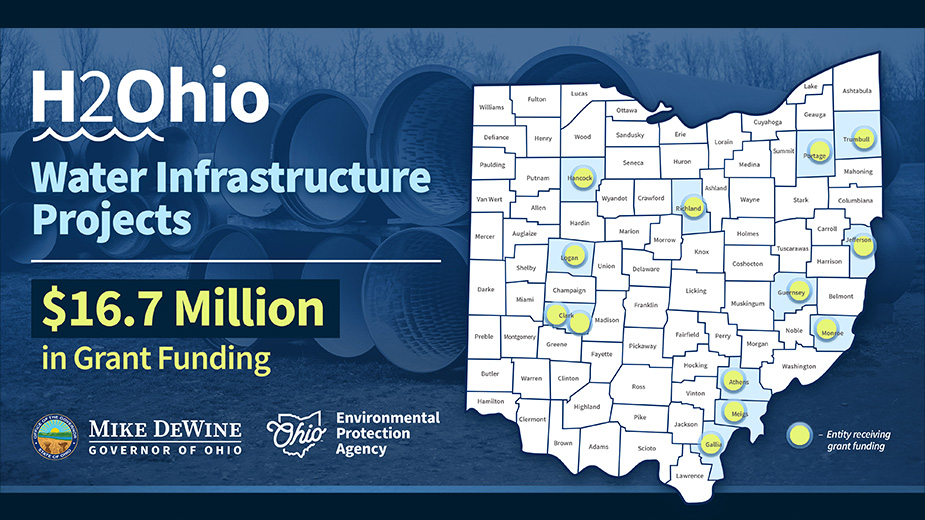Ohio Unemployment Rate Increases to 4.2%
COLUMBUS, Ohio – Ohio’s unemployment rate was 4.2% in May, up from 4% in April, the Ohio Department of Job and Family Services reported Friday.
Ohio’s nonagricultural wage and salary employment increased 21,200 over the month, from a revised 5,641,400 in April to 5,662,600 in May.
The number of workers unemployed in Ohio in May was 243,000, up from 230,000 in April. The number of unemployed has increased by 49,000 in the past 12 months from 194,000. The May unemployment rate for Ohio has increased 0.9 percentage points from 3.3% in May 2023.
The U.S. unemployment rate for May was 4%, up from 3.9% in April and up from 3.7% in May 2023.
The labor force participation rate in May was 61.9%, up from 61.8% in April and unchanged from 61.9% in May 2023. During the same period, the national labor force participation rate was 62.5%, down from 62.7% in April and down from 62.6% in May 2023.
Employment in goods-producing industries, at 937,000, increased 6,200 as gains in construction surpassed losses in manufacturing. Mining and logging did not change over the month. The private service-providing sector, at 3,947,900, increased 16,700, as gains in private educational and health services; professional and business services; leisure and hospitality; trade, transportation and utilities; and other services exceeded losses in financial activities. Employment in information did not change over the month. Government employment, at 777,700, decreased 1,700, as losses in local government surpassed gains in state government. Federal government employment did not change over the month.
From May 2023 to May 2024, nonagricultural wage and salary employment increased 49,500. Employment in goods-producing industries increased 2,600, led by construction, which gained 3,100 jobs. Mining and logging gained 200 jobs. Manufacturing lost 700 jobs, as losses in nondurable goods outweighed gains in durable goods. Employment in the private service-providing sector increased 48,800 as gains in private educational and health services; leisure and hospitality; other services; and professional and business services outpaced losses in financial activities; information; and trade, transportation and utilities. Government employment decreased 1,900 as losses in state and local government exceeded gains in federal government.
Published by The Business Journal, Youngstown, Ohio.



